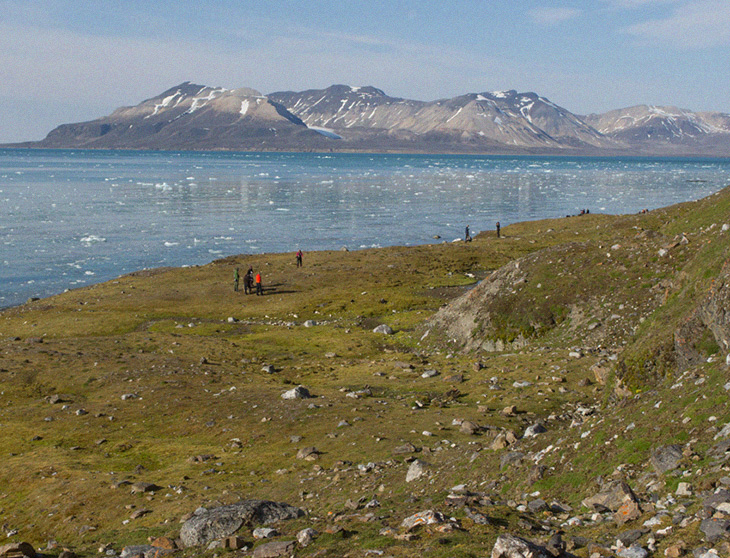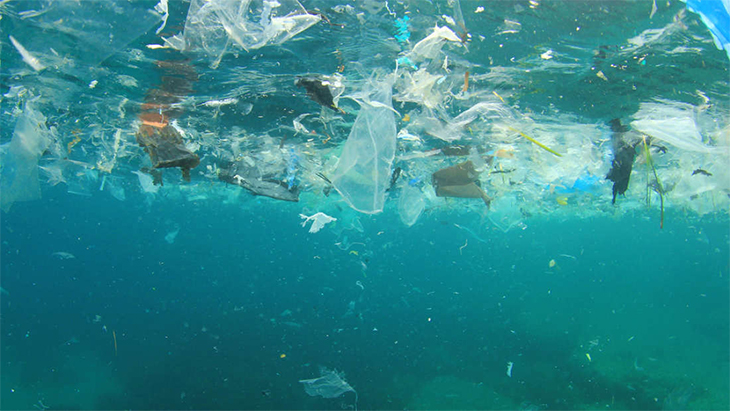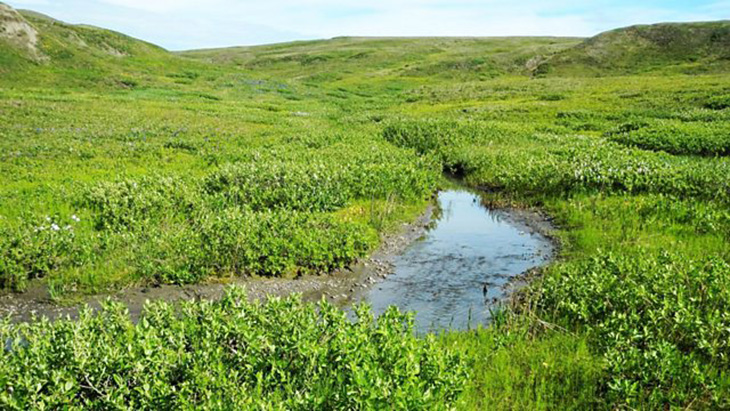
Climate change is a phenomenon scientists take very seriously. It has shown many visible effects on our planet. The most visible impact yet, is the greening of Arctic lands. Satellite technology and drones help scientists and researchers understand how a large, treeless, frozen tundra, is suddenly becoming greener. It seems plant life is responding to the warmer temperatures of the Arctic summer. Plants that were already growing in new areas are in fact growing taller, and vegetation is spreading in tundra regions.
Data captured from the air, with observations from the ground will help build a clearer picture how the northern regions of Europe, Asia, and North America are changing as the temperature rises. A team of 40 scientists from 36 institutions led by 2 National Geographic explorers, have now revealed that the causes of the greening are more variable and complex than what was originally perceived. They are finding that the Arctic greening observed from space is more than just the responses of tundra plants warming on the ground. Satellites also captured other major changes including the timing of snowmelt, and the wetness of landscapes.
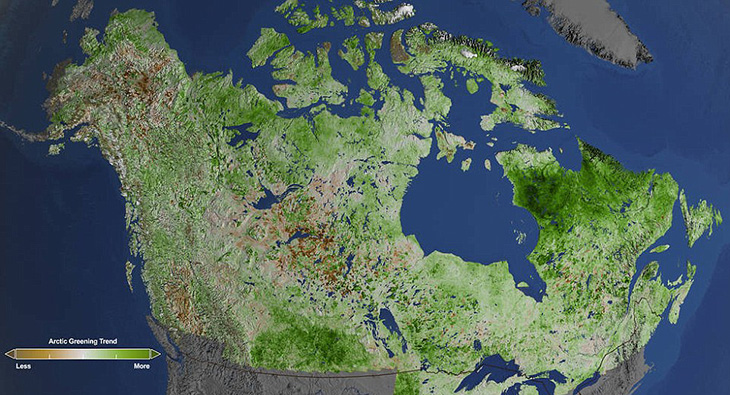
University of Edinburgh’s School of GeoSciences, lead-author Dr. Isla Myers-Smith, said: “New technologies including sensors on drones, planes and satellites, are enabling scientists to track emerging patterns of greening found within satellite pixels that cover the size of football fields.” Professor Scott Goetz of Northern Arizona University explains that this research is vital for understanding global climate change. Vegetation in the tundra acts as a barrier between the warming atmosphere and huge stocks of carbon stored in frozen ground. Changes in vegetation change the balance between the amount of carbon captured and its release into the atmosphere. Small variations could seriously impact efforts to keep warming below 1.5 degrees celsius, which is a key target of the Paris Agreement. The study will help scientists find out which factors will hasten or slow down warming.
Dr. Jeffrey Kerby, the co-lead author, said, “Besides collecting new imagery, advances in how we process and analyze these data — even imagery that is decades old — are revolutionizing how we understand the past, present, and future of the Arctic.”
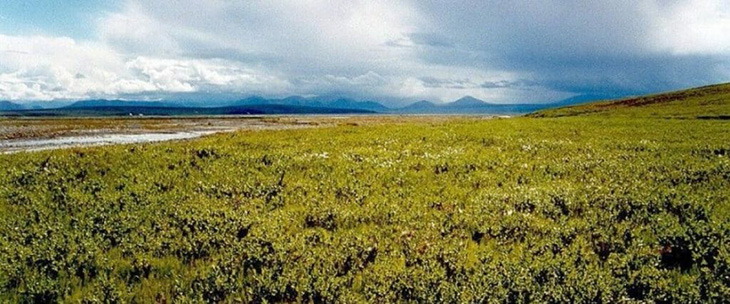
“We look forward to the impact that this work will have on our collective understanding of the Arctic for generations to come,” explained Alex Moen, Vice-President of Explorer Programs at the National Geographic Society. The paper was published in Nature Climate Change, and was funded in part by the national Geographic Society, and government agencies in North America, the UK, and Europe. It also includes NASA’s Arctic Boreal Vulnerability Experiment (ABoVE), and the UK’s Natural Environment Research Council.
The research was also supported by the Synthesis Centre of the German Centre for Integrative Biodiversity Research, and was informed by a US National Academy of Sciences workshop, Understanding Northern Latitude Vegetation Greening and Browning. So in this case, when scientists see green, they see red.

